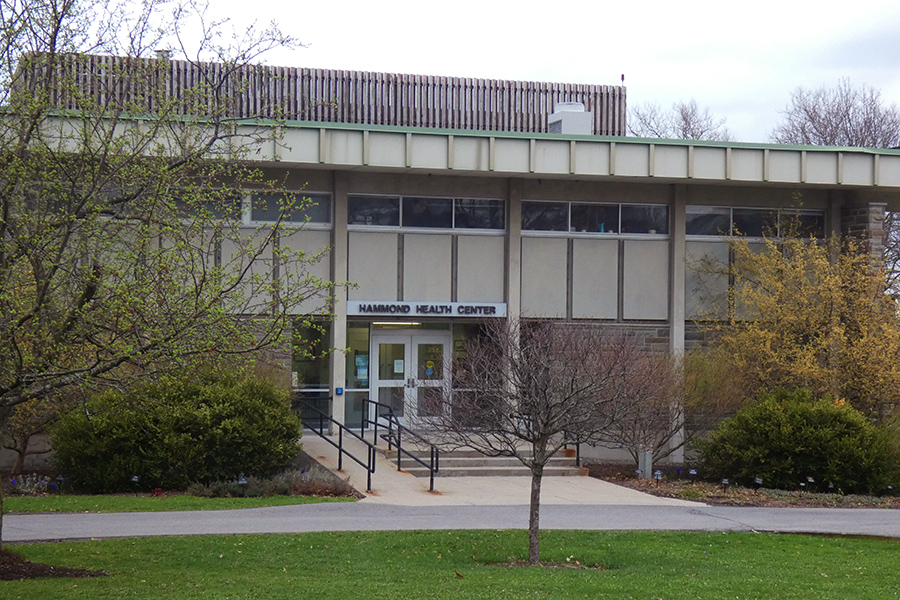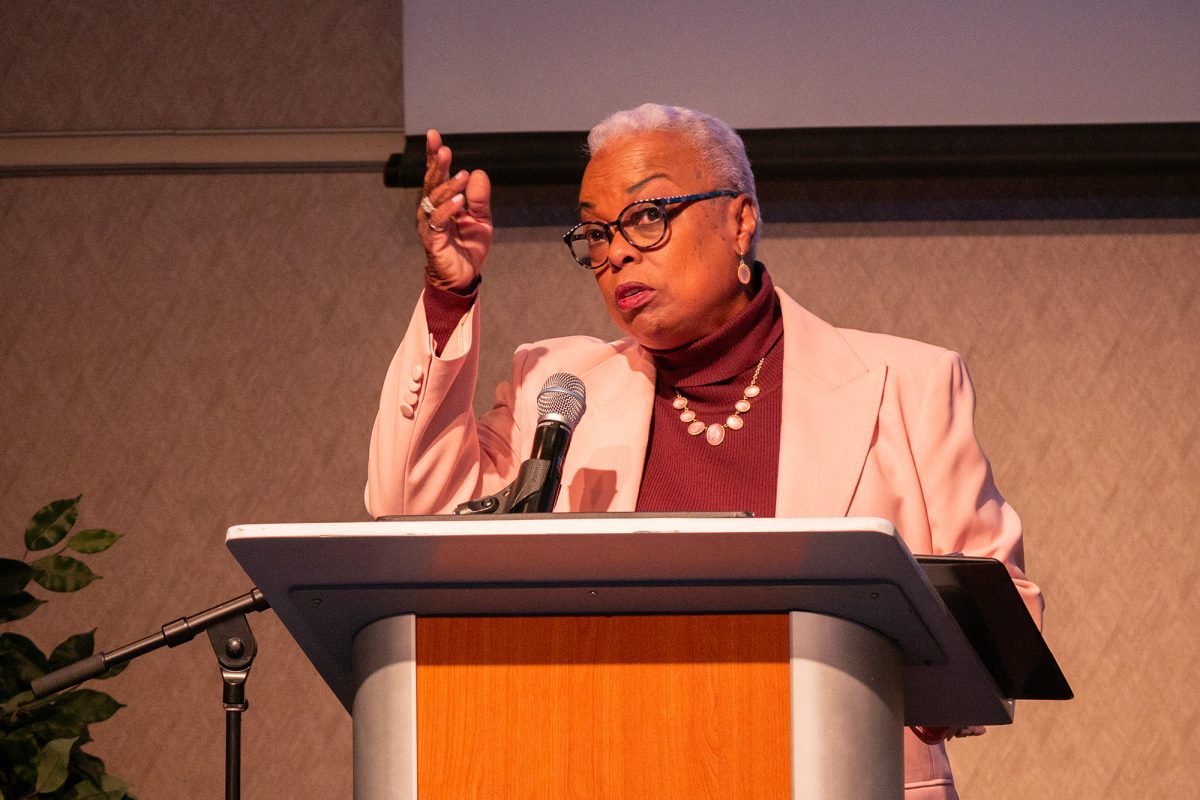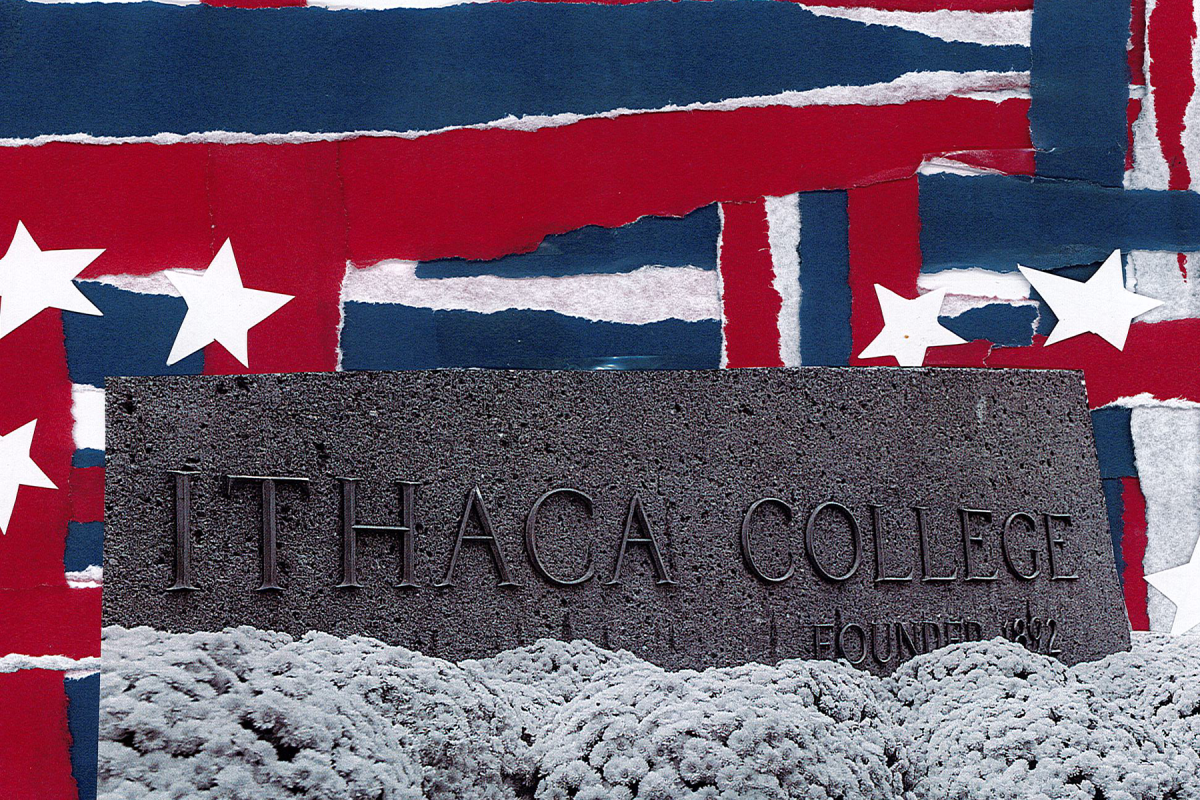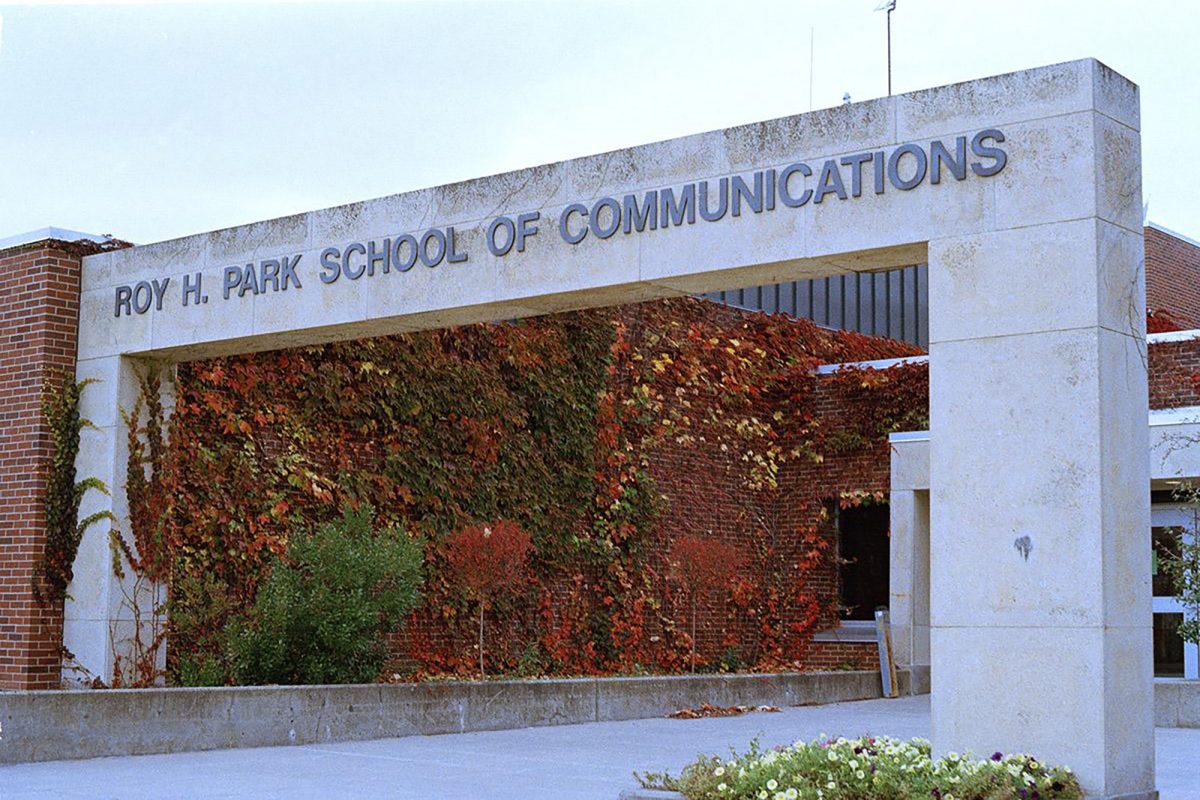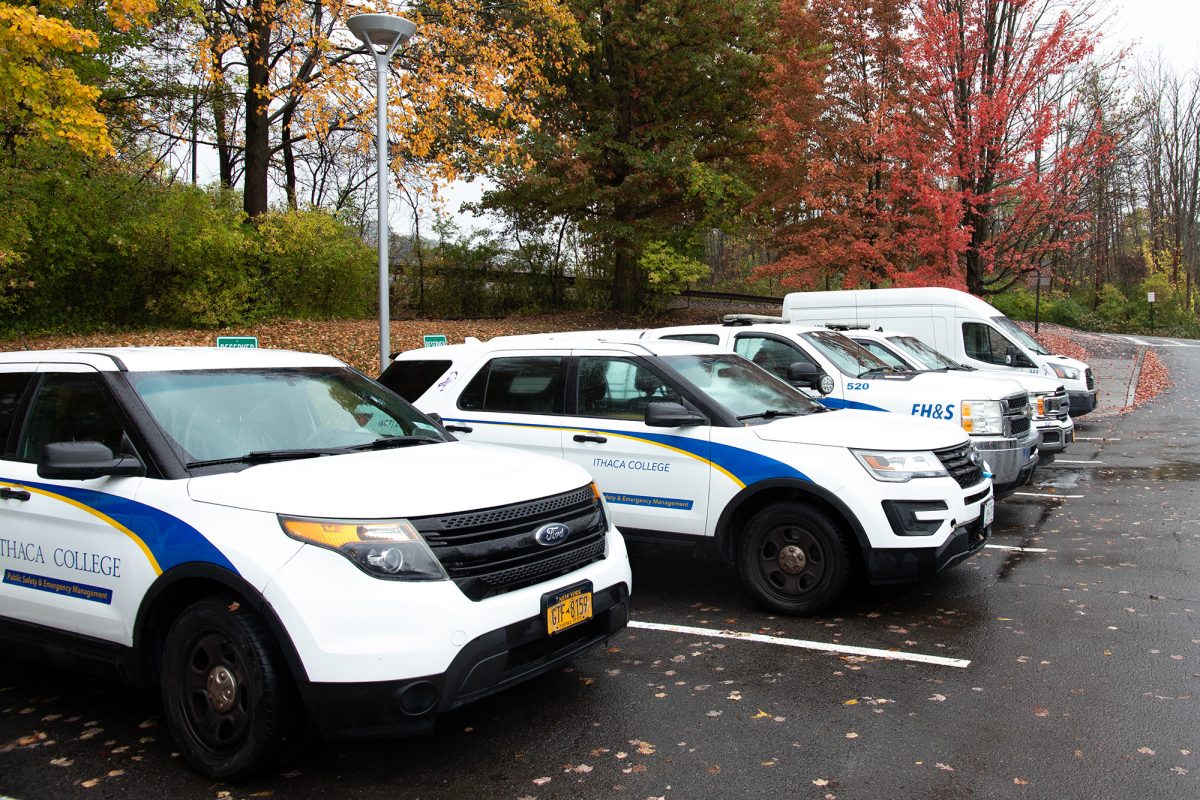Eight Ithaca College students have reported contracting hand, foot and mouth disease to The Ithacan while on campus in September. HFMD, a disease caused by coxsackievirus or enterovirus, is a disease that is common in young children but can impact all ages. According to the American Medical Association, there are more than 200,000 cases of HFMD in the United States each year and it typically occurs in clusters at daycares and playgrounds.
Jennifer Metzgar, director of Student Health Services at the college, said the Hammond Health Center has treated fewer than five student cases this semester. Metzgar said she did not have the data for cases of HFMD but cases happen regularly in the fall.
“We see spikes of HFMD in the fall occasionally,” Metzgar said. “I think this year we’re seeing probably less than five, and I have had other students [call the Hammond Health Center] for advice on what to do.”
According to Mayo Clinic, common symptoms of HFMD can include sore throat, fever, painful lesions on the mouth and throat, and a rash on the hands and feet. There is no specific treatment for HFMD, but pain medicines can ease discomfort and a topical oral anesthetic can help relieve the pain of mouth sores.
Metzgar said the Hammond Health Center sells fever reducers like Tylenol and Ibuprofen, and can also provide medical education, evaluation and support to students who contract HFMD.
“Most cases are self-limiting and don’t require any medical attention, but we want to make sure that people are controlling fevers and preventing dehydration,” Metzgar said. “I think the other important thing that students should know is we really don’t want you in class if you have a fever, [you should be] fever-free for 24 hours without any medication.”
While it is more common for children under five to contract the virus, there have been multiple instances of outbreaks on college campuses in the last decade. In 2023, over 60 students at Duke University contracted HFMD in the span of a month. In 2018, Princeton University, Dartmouth College, Lehigh University, Wesleyan University and Mars Hill University reported outbreaks, and 129 students contracted HFMD at Johns Hopkins University alone.
IC senior Jonah Barresi said he began to develop symptoms like headache, congestion and chills Sept. 21 that continued into Sept. 22.
“I was so cold at one point in my classes that I went outside and laid on the ground in the grass, and I fell asleep for like 10 minutes and went back in,” Barresi said. “I felt really horrible and super exhausted.”
Barresi said he called his doctor after he woke up and could not taste anything. Barresi also said that during this time, he felt small mounds all over his head. Barresi said he woke up with small bumps on his face Sept. 23.
“[Sept. 24] comes around and I realized my fingers are sensitive, I felt like I burned all the tips of my fingers,” Barresi said. “I was walking around and it felt like I had sand [on] the tips of my toes, and I literally three times throughout the day on Friday, I tried to dump sand out of my shoe.”
Barresi said his mom suggested he may have HFMD after he explained his symptoms. Barresi also said his rash started on his scalp. While lesions are unusual on the scalp when infected, there have been circumstances of blisters forming on the scalp in adult cases.
Kari Brossard Stoos, associate professor and associate chair in the Department of Health Sciences and Public Health, said college students can wash their hands more frequently to protect themselves from HFMD.
“Some other things [to remember are] don’t share drinks, don’t share utensils and it can be passed through kissing, so [if] somebody has an active infection, you probably don’t want to share saliva or close contact with that person,” Brossard Stoos said.
HFMD can spread through droplets with virus particles from sneezing and coughing, fluid from blisters, the fecal-oral route and touching objects or surfaces that have virus particles. Brossard Stoos said the disease spreads easily in daycares.
“[In] daycares, kids put their hands in diapers and then put their hands in their mouths … but if you just extrapolate that to college campuses, people are in close quarters just like daycares and not everyone washes their hands efficiently,” Brossard Stoos said.
The number of HFMD outbreaks across the U.S. has increased in September. The West Virginia Department of Health reported 38 outbreaks of HFMD across the state so far in 2025, 17 of which were in September. In Hidalgo County in Texas, more than 60 cases were reported across four schools. Multiple cases were also confirmed in schools around western Pennsylvania.
Junior Sofia Beaulieu said she began to get HFMD symptoms Sept. 22 and drew a fever of 104 degrees Sept. 23. Beaulieu also said she noticed blisters and sores in her mouth and on her throat Sept. 24 and the pain was so bad it hurt to breathe.
“It was miserable,” Beaulieu said. “I was basically sitting in my bed writhing in pain. … I was Googling my butt off, looking up Chinese medicine cures for [HFMD], scouring Reddit threads and forums for anything I could find to get any relief from the pain.”
Beaulieu said that before contracting HFMD, she thought it was only something that could be contracted in a daycare or on a wrestling team, but now knows how serious it can be in adults.
“This virus does not discriminate,” Beaulieu said. “If there’s a big takeaway from [what] I’ve said, don’t feel ashamed if you get [HFMD] as an adult because it truly does not discriminate.”


